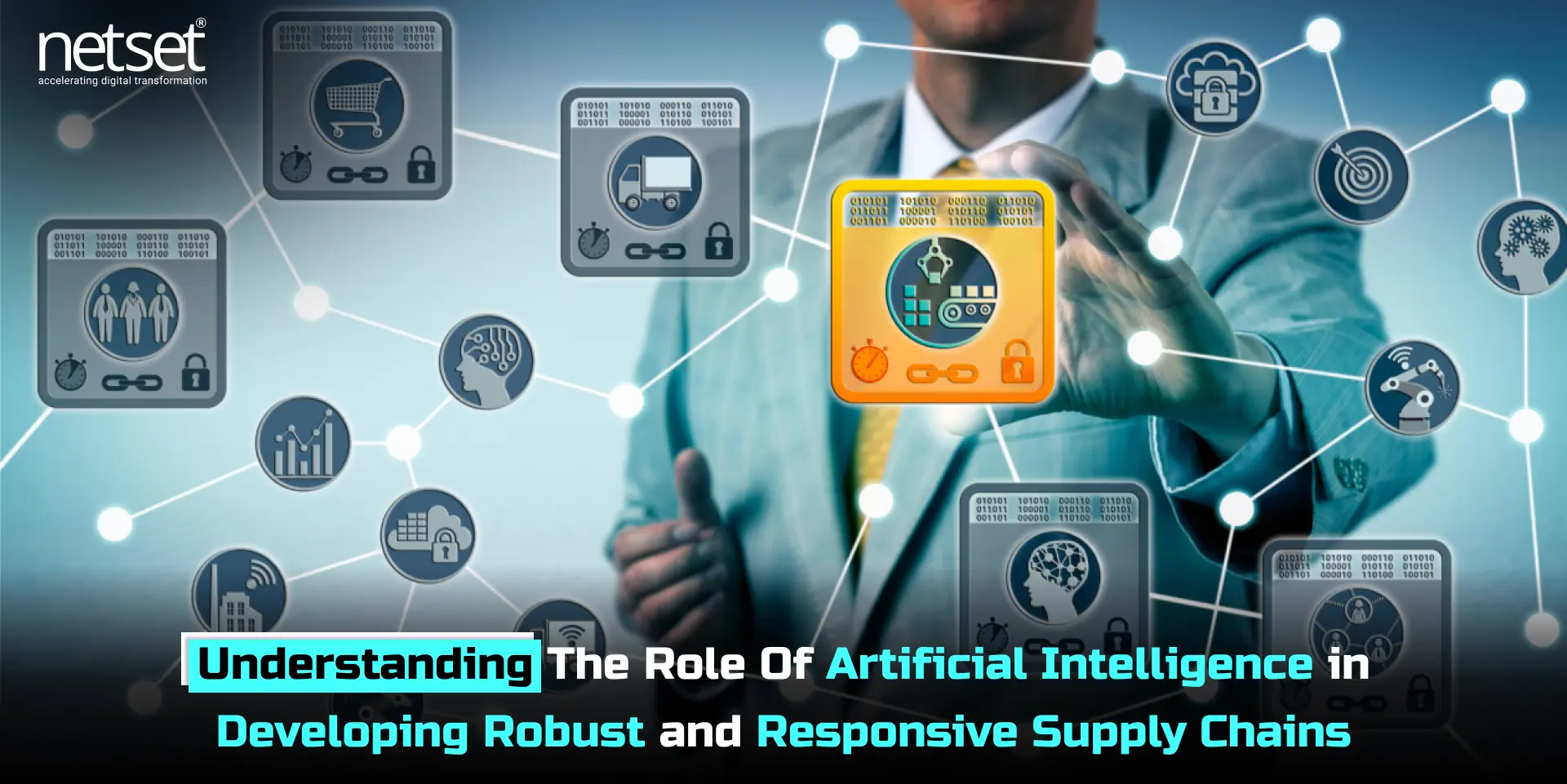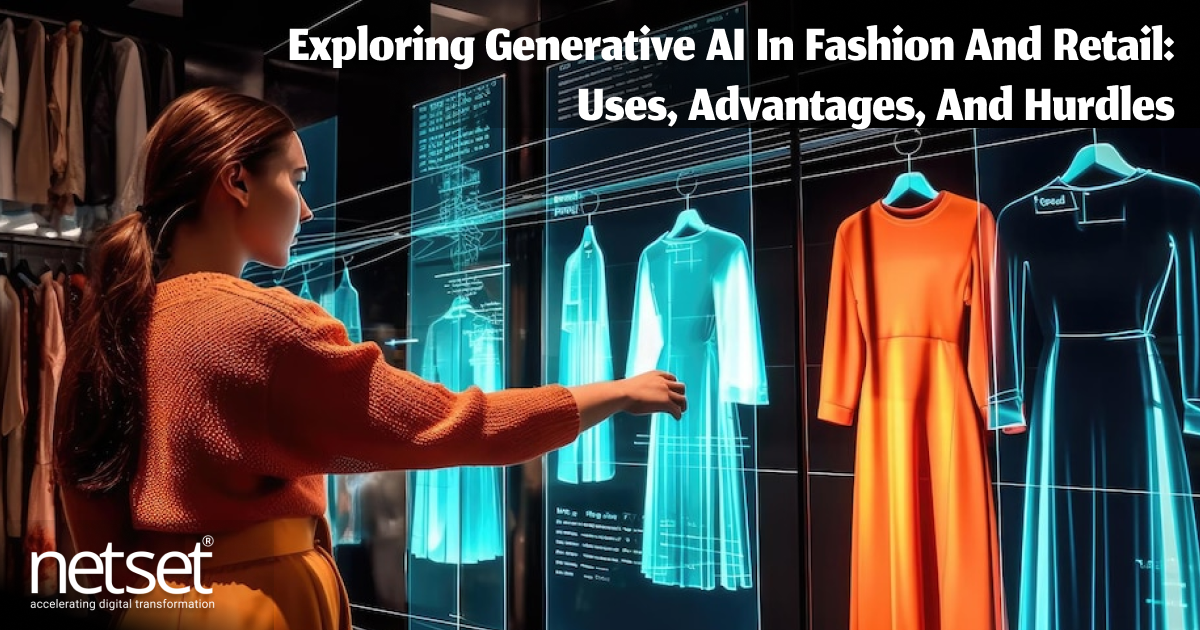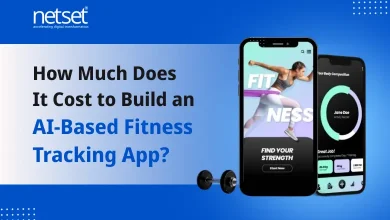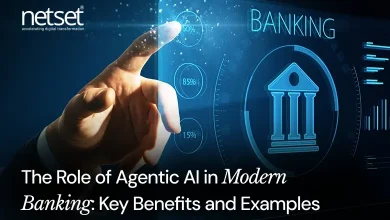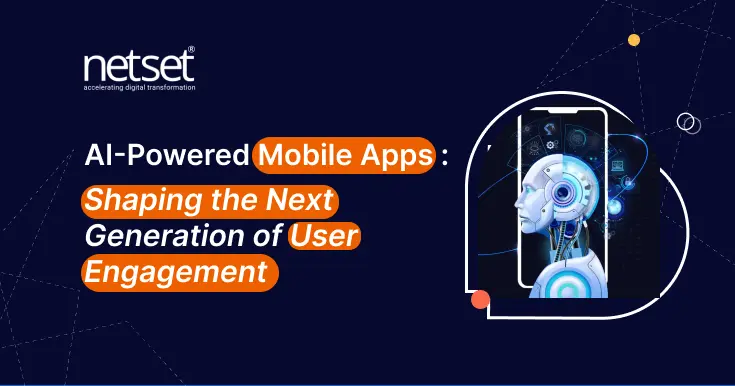Building AI Agents with OpenAI’s GPT and LangChain
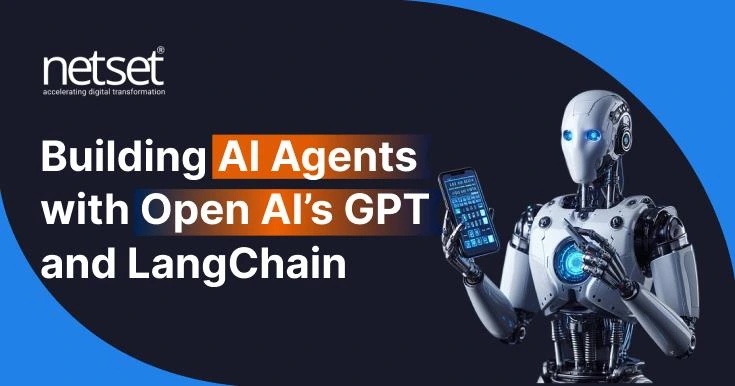
Nearly every business is engaging in some form of digital transformation to survive in the thriving market. They are seeking new ways to apply automation, boost customer interaction, and make better internal decisions. In order to achieve such innovations, the most transformational activity has been making use of AI agents.
When it comes to AI Agent development, the most popular tech stacks include OpenAI’s GPT models and LangChain—frameworks created to make connected experiences between the large language models.
But how can you really build great AI agents using these technologies and what is the real-world impact of having such agents? This is what you are going to find in this blog but first let’s start with understanding the AI agents.
Understanding AI agents—more than just chatbots
A lot of businesses may confuse AI agents with chatbots but this is not right. AI agents are systems that are capable of performing tasks autonomously, like performing web searches, making API calls, writing code, or making summaries of complex documents on the basis of the natural language instructions. With frameworks like LangChain, businesses can hire LangChain developers and can build agents that:
- Automates customer service interactions
- Execute complex business logic.
- Manage workflows by utilizing tools like CRMs, databases, and APIs.
- Analyze complex documents and summarize them.
The core intelligence behind these agents comes from large language models like GPT-4, which are capable of processing and generating human-like language. Here LangChain acts as the “glue” that connects the language model to the tools and environments it needs to operate in.
How do LangChain and GPT work together?
LangChain was built to create context-aware apps using the LLMS, something that mimics humans. It lets businesses create chains of prompts, memory modules, tool integrations, and custom agents suiting specific needs of the businesses from diverse industries. It can interpret queries, create logics, respond strategically, and even code in multiple programming languages.
When paired with LangChain, GPT transforms into a very practical agent that can take real-world actions just like a human instead of just responding to queries or acting as a chatbot.
Here is how a simple AI agent works:
- A user types an input, for example, “Find the top three hotels in Paris under $300 and book the best one.”
- The agent breaks the task into subtasks using LangChain, like searching hotels, comparing the prices, and deciding the best ones, and also makes the final bookings.
- It performs LLM reasoning using GPT to determine what tools to use and generate the appropriate API calls or queries.
- The tool executes the actions using integrated tools like Booking.com’s API or custom business systems.
Real World LangChain Use Cases
LangChain is not a very new name, as a range of industries are always adapting it to prepare their AI agents. Some of the solid LangChain use cases in multiple industries are as follows:
- Legal tech using to automate legal document review, redlining, and case summarization.
- Customer support for creating tier 1 support agents who can handle tickets using real-time company documentation.
- Finance is using to build agents that can read earnings reports, interpret trends, generate investment summaries, and give insurance managers insurance on the users.
- Healthcare is using to get assistance with medical coding, triage support, and patient communication workflows.
Such examples only scratch the surface and the potential of LangChain is huge. As a business grows, there is a requirement for more data-driven algorithms and mature AI systems. LangChain solutions are very adaptable, scalable, and flexible in nature, becoming central to operational efficiency.
The AI agent boom is visible across the globe
If you are wondering about the growth of AI agents or some of the statistics related to it, then you are going to get some shocking as well as brilliant numbers.
- There was a 2024 survey performed by McKinsey & Company, who found that 42% of organizations are now using generative AI regularly in at least one or more business functions, which is more than just 15% in early 2023. Not only this but
- The adoption of AI has jumped from 50% in the past 6 years to 72% in the last year where businesses are registering measurable improvement in operational efficiency.
- Customer service automation using AI agents will be able to resolve 80% of the issues without any human interventions, as per Gartner.
- Apps using LLM are expected to drive a $15.7 trillion boost in the global GDP by 2030, a projection made by PwC.
These numbers are a confirmation that creating intelligent agents is not a futuristic idea but has become a key move from the successful companies.
Why does a good team of developers matter from idea to deployment?
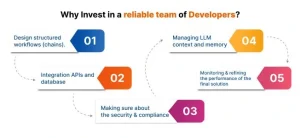
It’s undeniable that a good and reliable AI agent solution requires a good team of developers who perform so many things, not just connecting GPT to an interface. A good team is required to:
- Design structured workflows (chains).
- Managing LLM context and memory
- Integrating APIs and databases
- Making sure about the security and compliance
- Monitoring and refining the performance of the final solution
That is where expert LangChain development services come into play. Hiring developers with relevant and strong experience in LLM architectures, prompt engineering, and deployment pipelines is necessary and boosts your product roadmap notably.
Any business looking for chatbot development services or autonomous AI agents must partner with a team that understands both the language layer (LLMs) and the logic layer (LangChain).
How to get started? Tools and Best Practices
Even if you are not a developer, this section might be helpful for you in understanding the few important elements that go into getting started with the development of an AI agent. To begin the AI agent development with GPT and LangChain, developers must:
- Define the use case clearly by asking questions like “Is your agent for customer support, data analysis, or task automation?”
- Pick the model and provider, which can be OpenAI’s GPT-4, a strong choice for reasoning tasks.
- Designing the LangChain flow by setting up the prompts, memory, and tools with the help of LangChain’s modular architecture.
- Integrate APIs and tools by using LangChain’s tools wrappers or write custom functions.
- Testing and iteration where you can use real-world queries and data to fine-tune the agent’s performance,
When it comes to AI agents, the common tech stack is Python, LangChain, SDK, OpenAI API, vector stores (Pinecone or FAISS) and deployment platforms like AWS or Vercel.
Hire expert LangChain and OpenAI developers with NetSet Software
In case you are planning to deploy AI agents in your company, that too with the best of speed and precision, then you can partner with us. We offer best-in-class LangChain development services from start to end, no matter how complex your requirements are.
Leading media houses recognize us as a trusted OpenAI development company, as we have a full-stack team who can help you from prototyping to production. So, why wait to create your next AI agent? Contact NetSet Software today.
Conclusion
GPT and LangChain are powering some of the most next-level AI agents that are smarter, faster, and more highly capable than ever before. The connection of language intelligence with actionable workflows allows these agents to let a business shift from static tools to assistants that are dynamic in nature who can think, decide, and act like humans.
But the full potential of technology is only possible when built right. LangChain and OpenAI are the smartest choices to create your next-gen AI agent.
